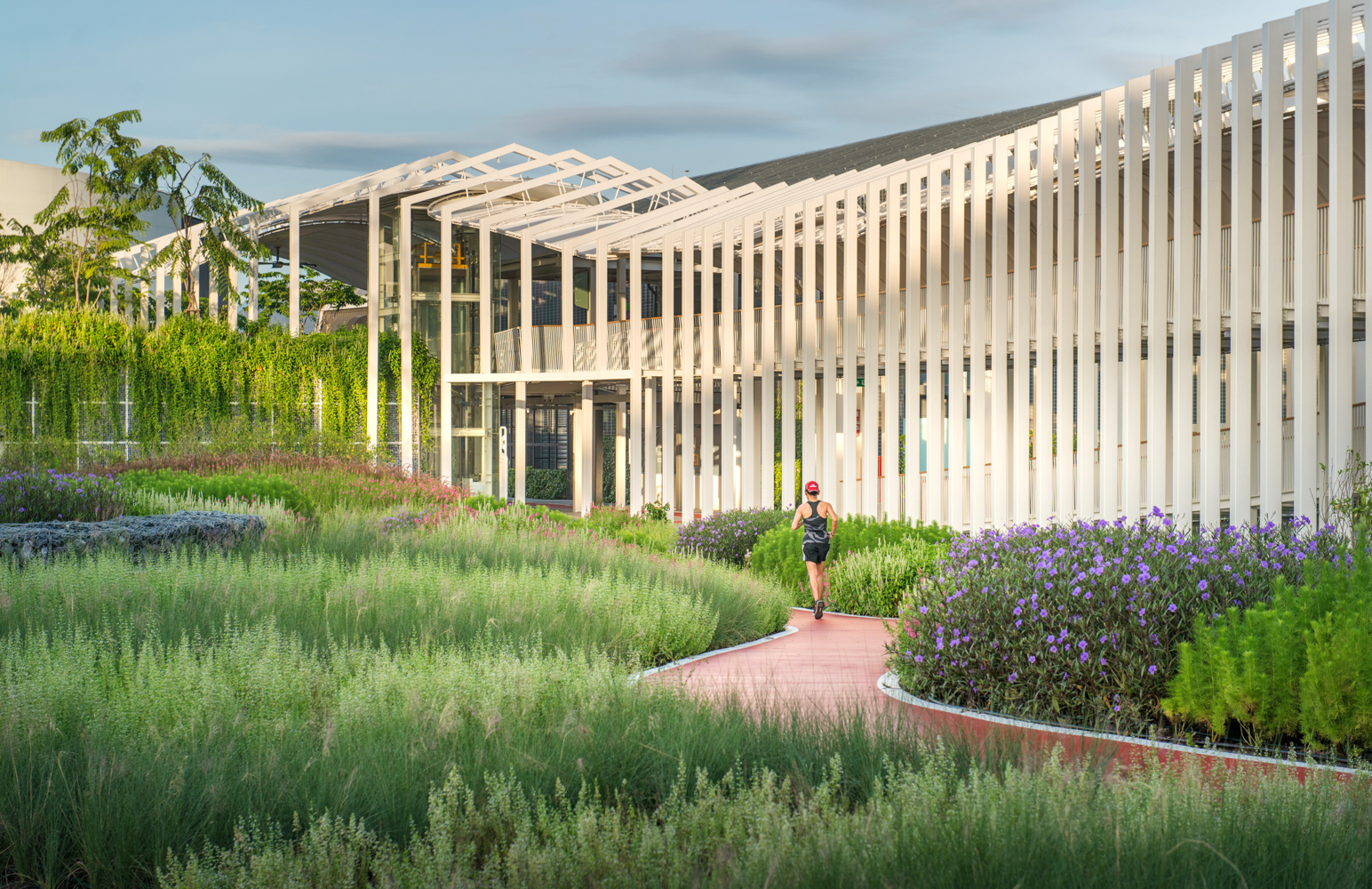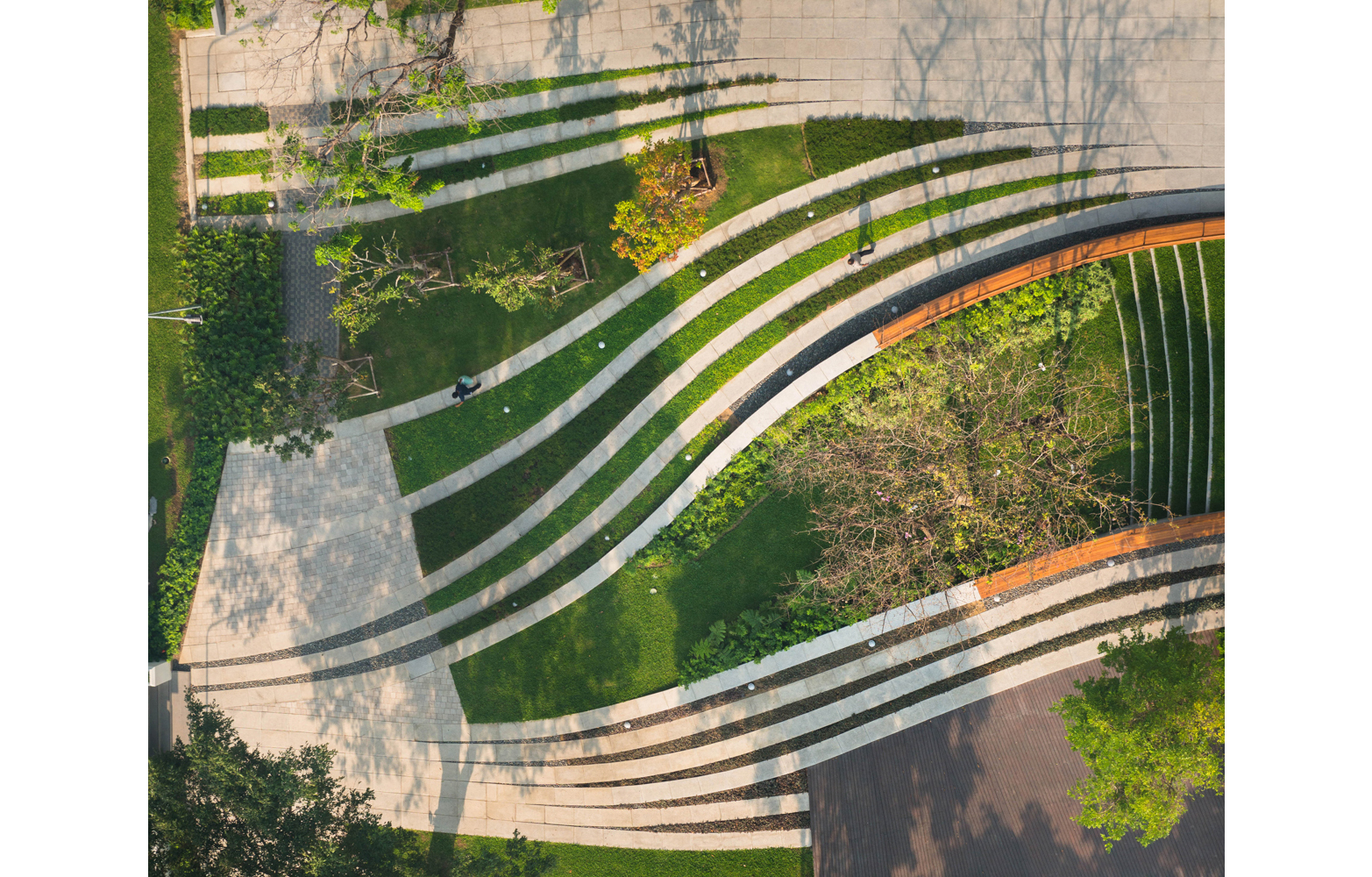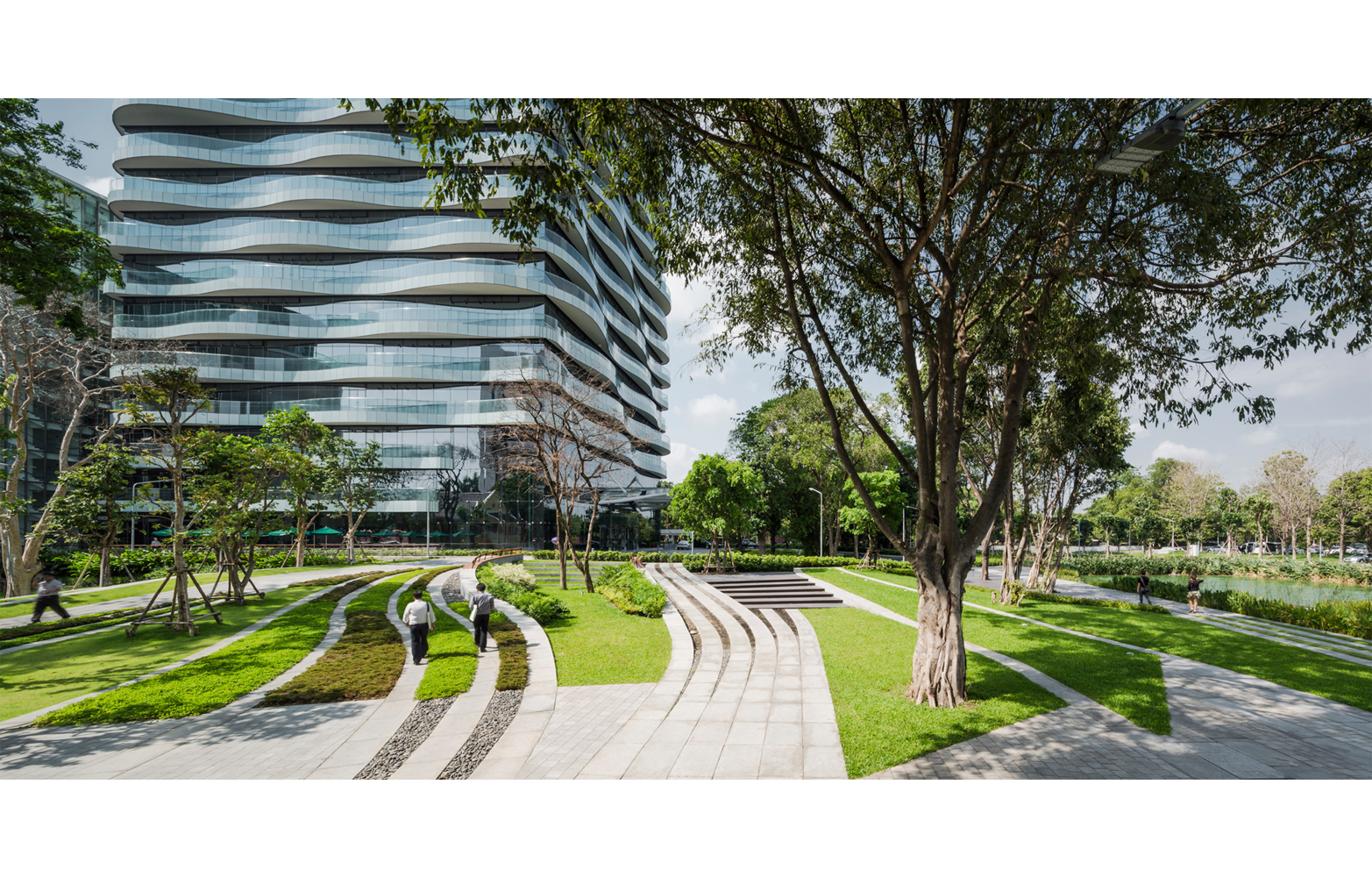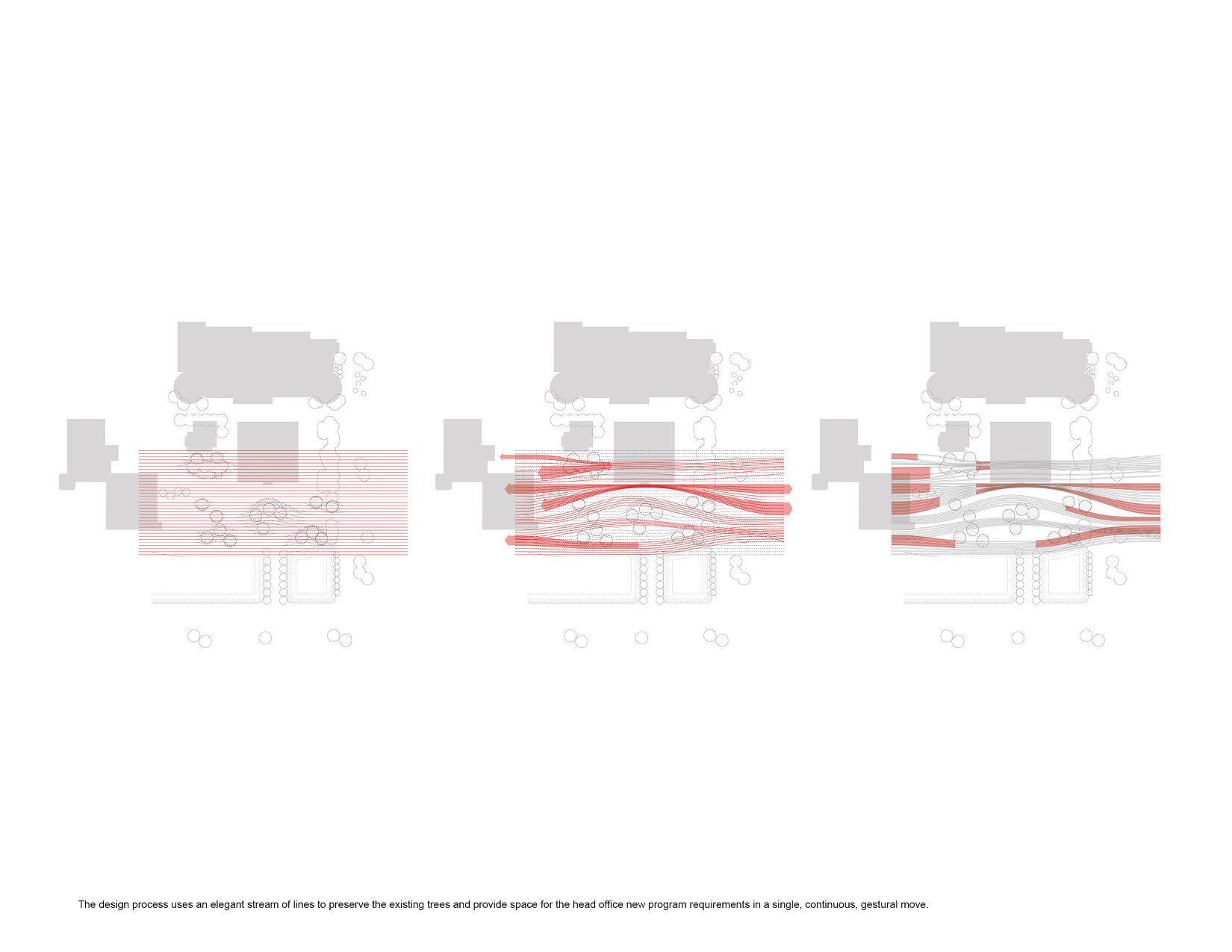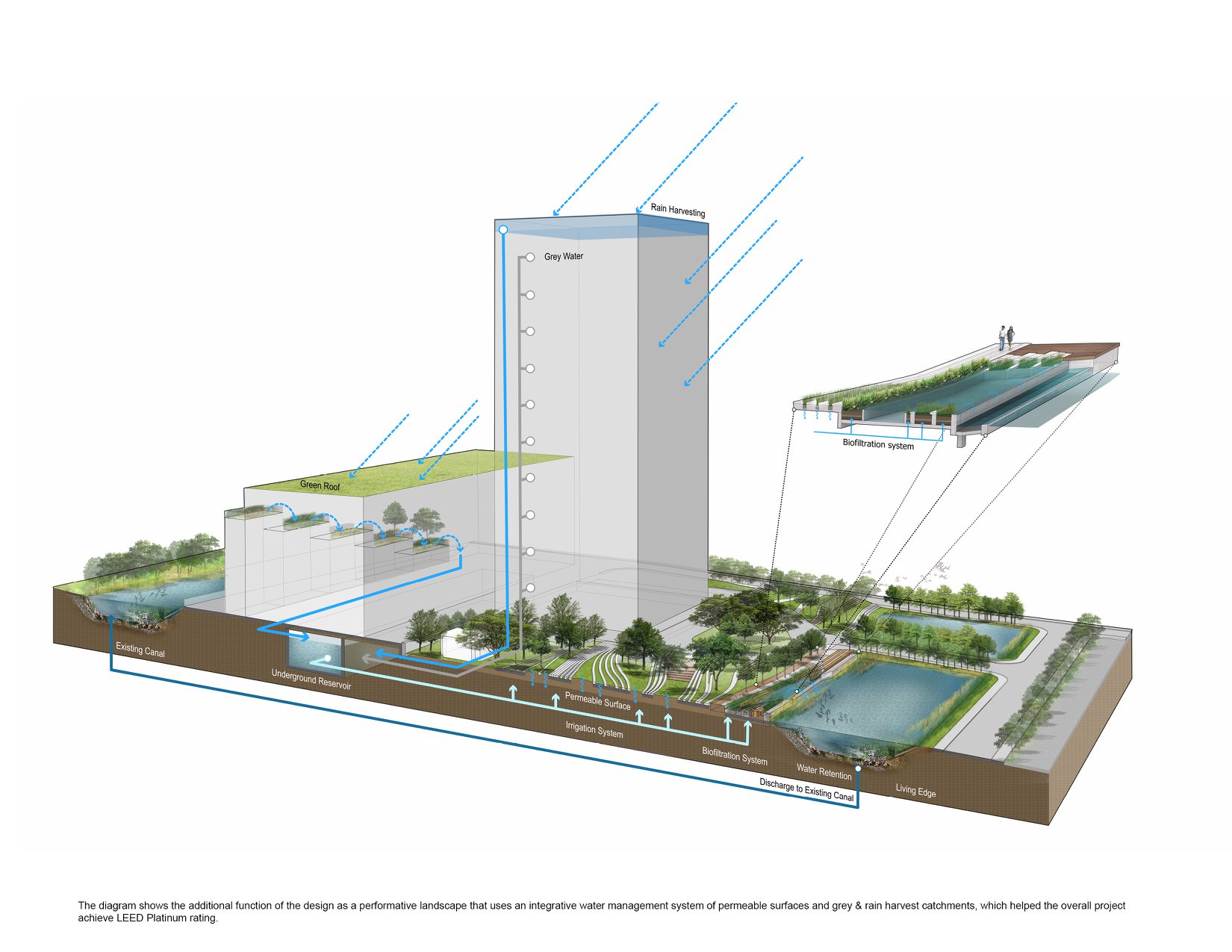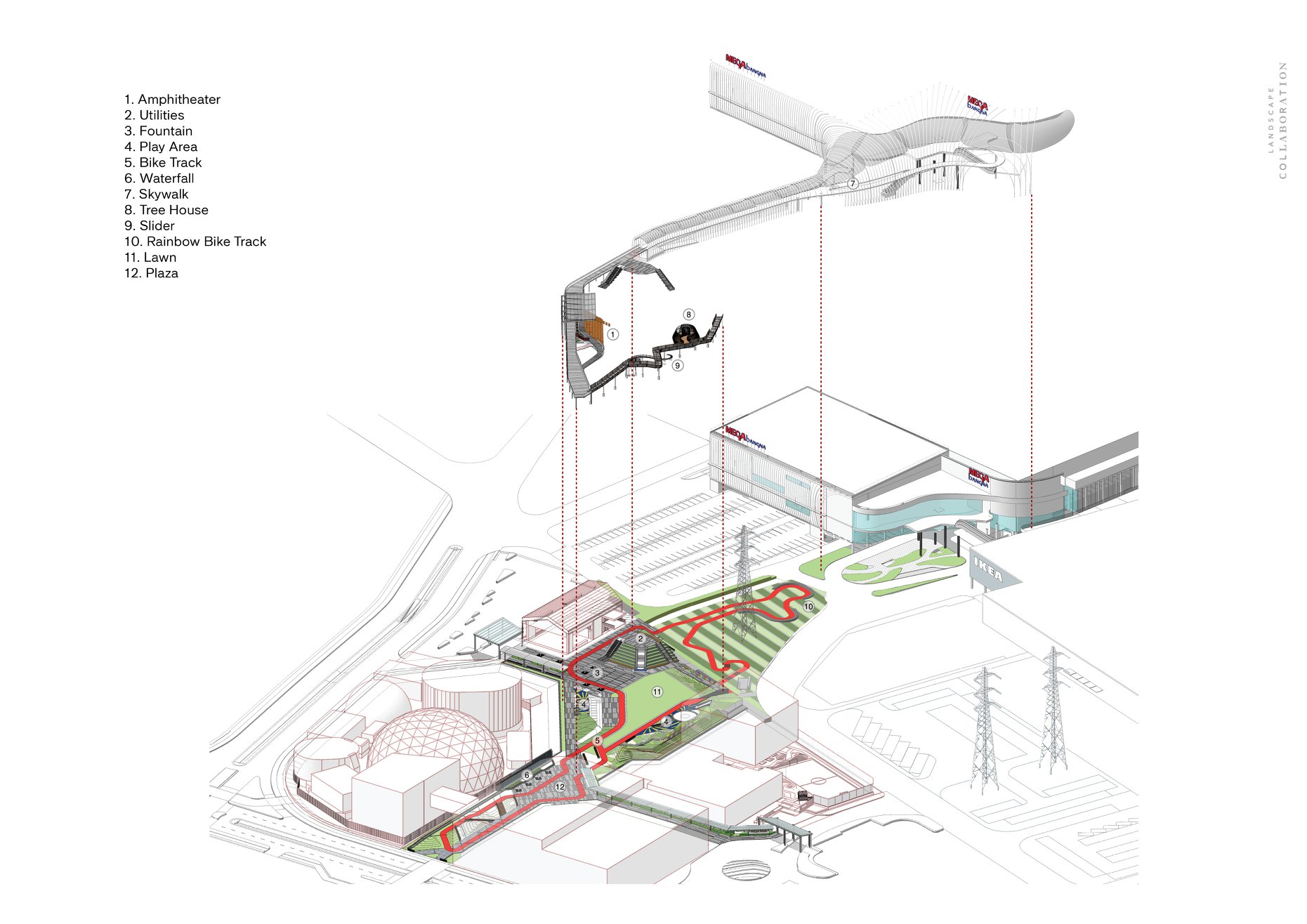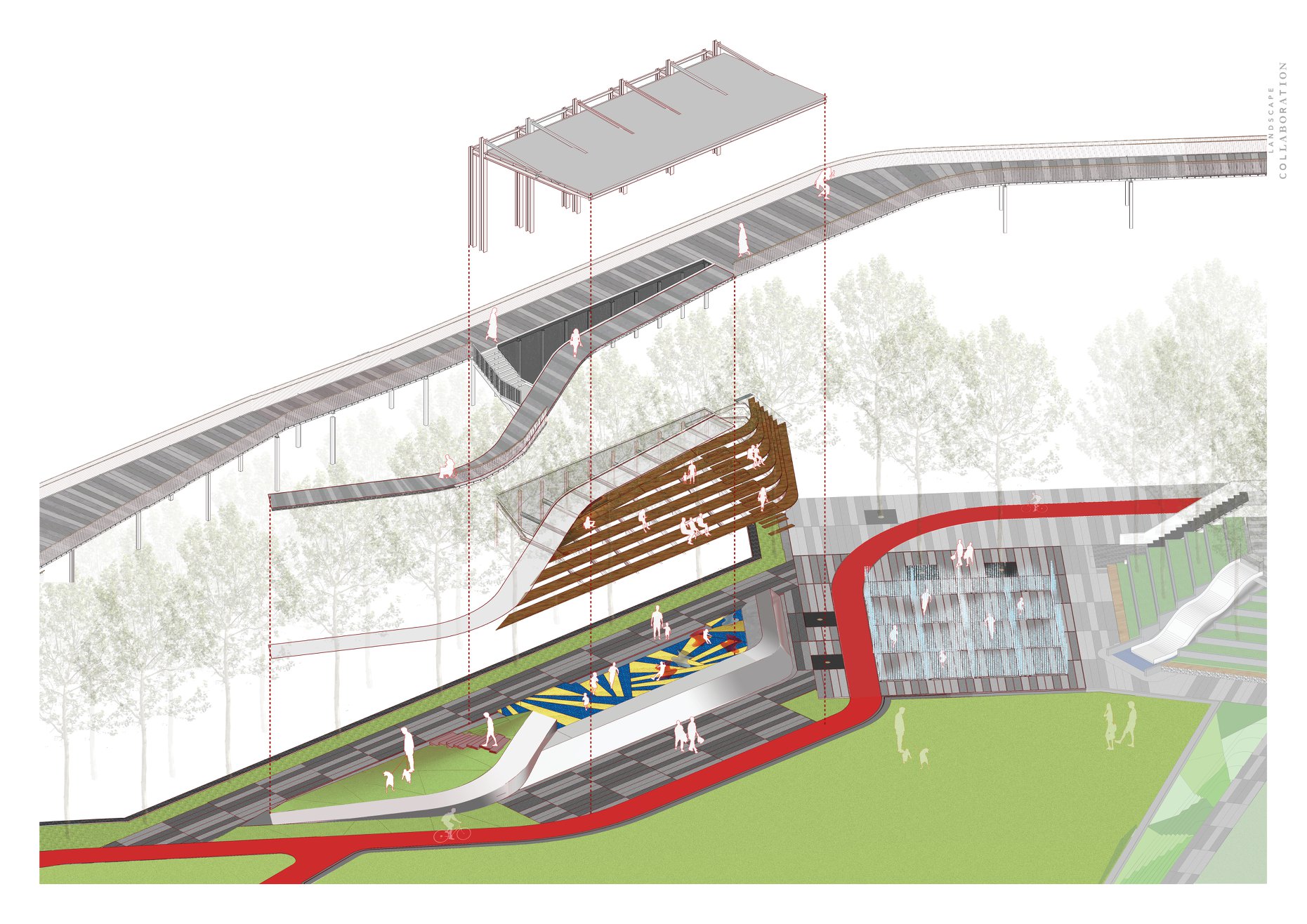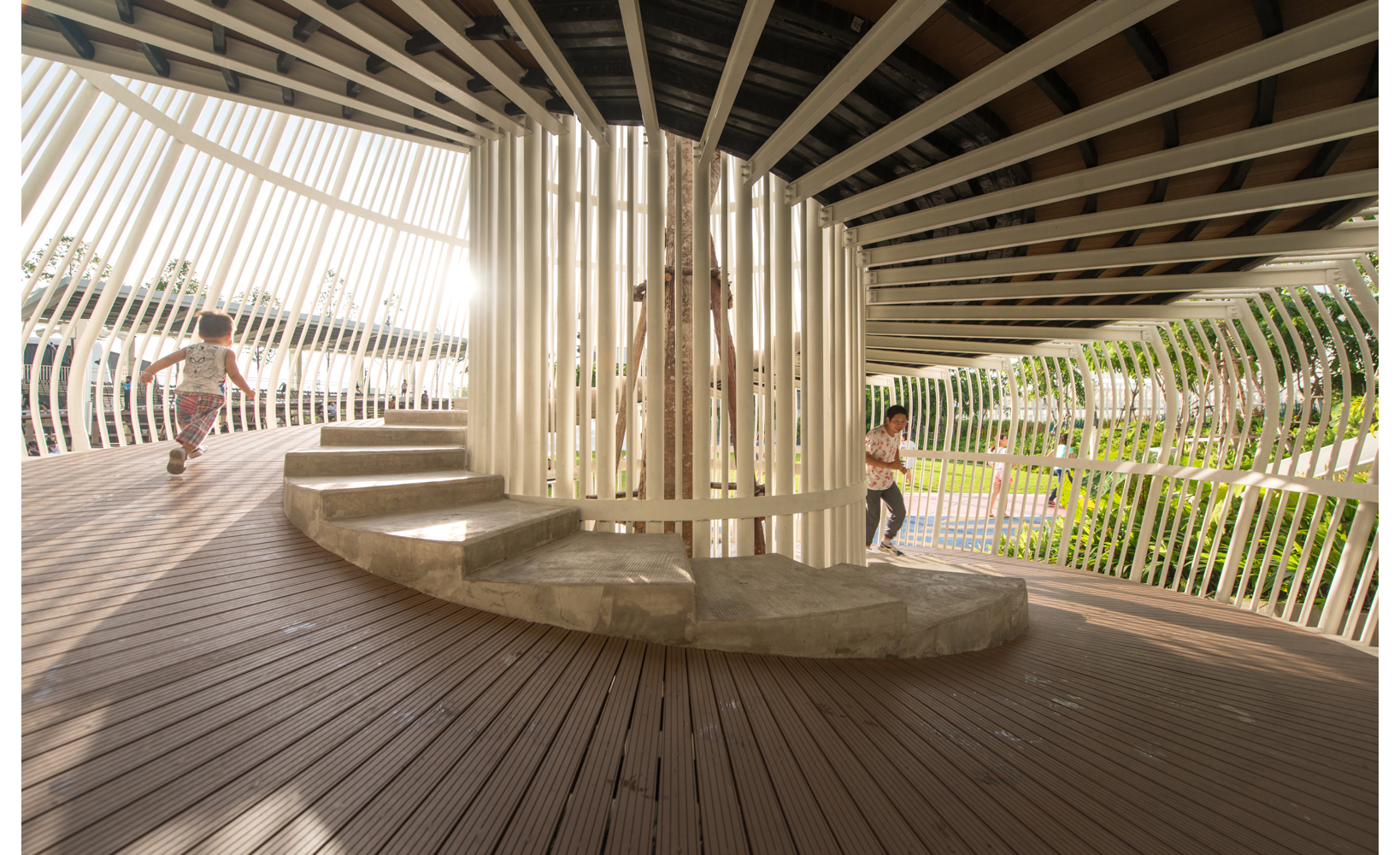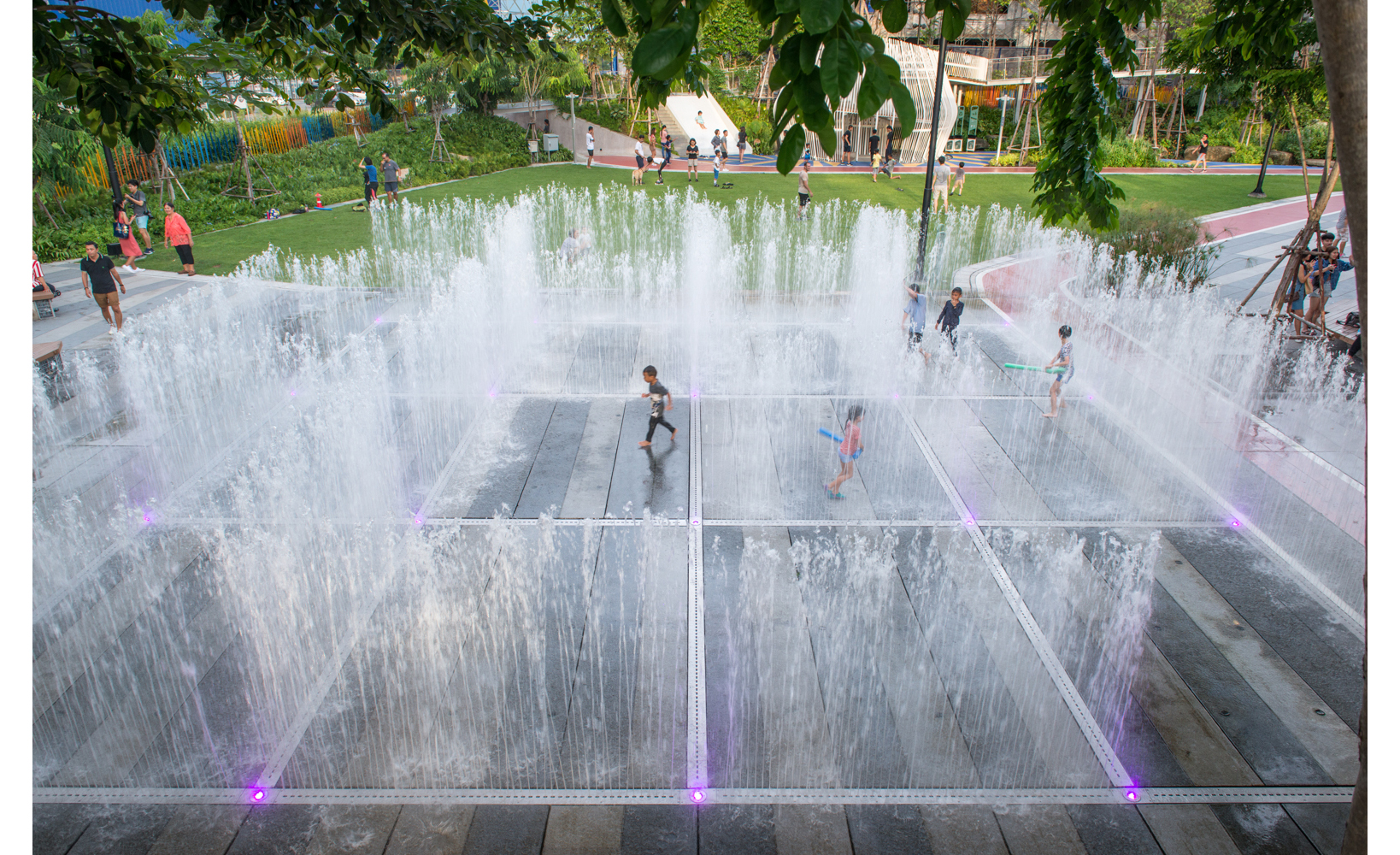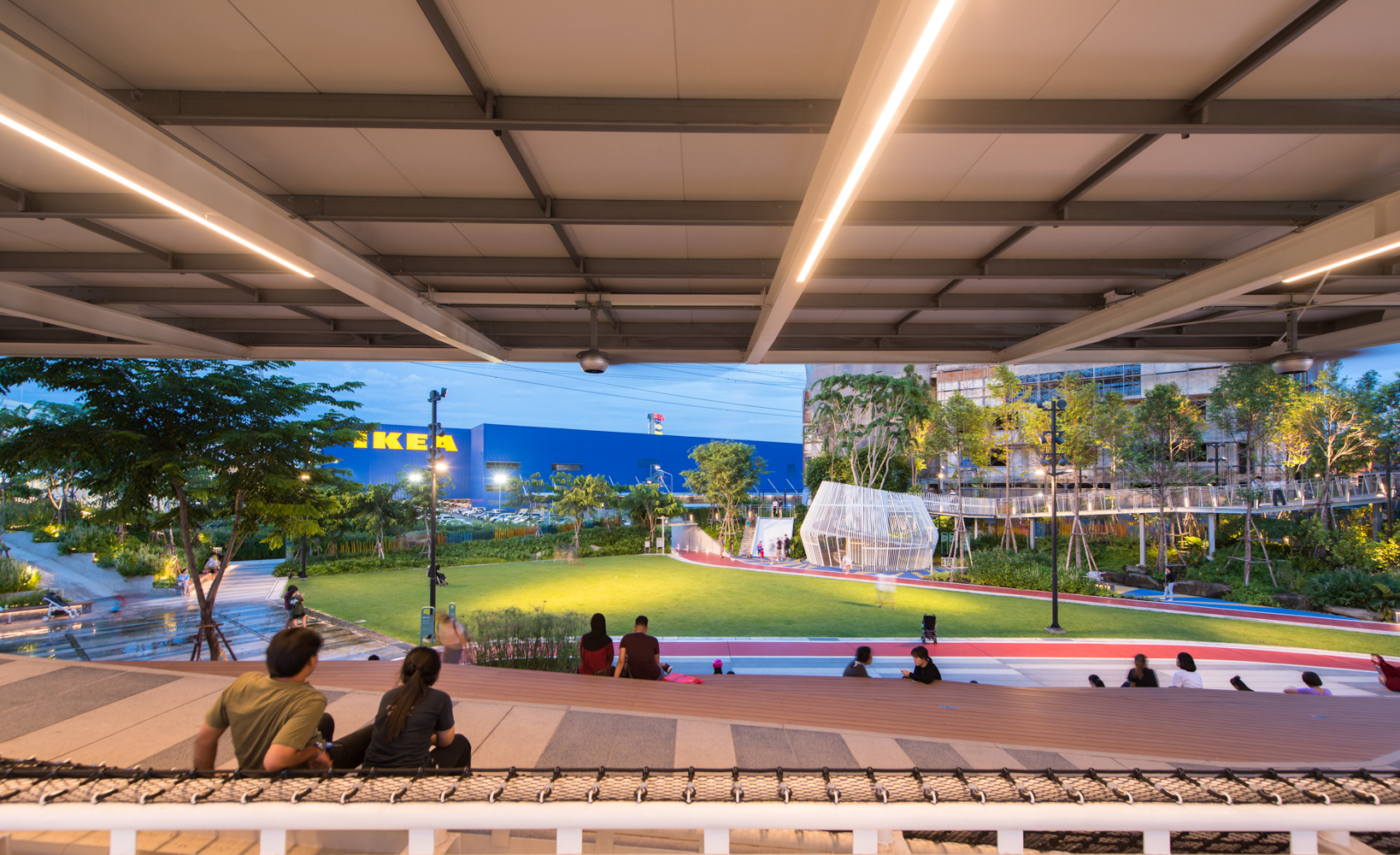A GROUP OF EXPERIENCED LANDSCAPE ARCHITECTS WHO ESTABLISHED THEIR OWN STUDIO IN ORDER TO SET UP A COLLABORATIVE DESIGN PRACTICE
TEXT: JAKSIN NOYRAIPHOOM
PORTRAIT: KETSIREE WONGWAN
PHOTO: RUNGKIT CHAROENWAT EXCEPT AS NOTED
(For Thai, press here)
We are in the time period where attitudes and understanding towards landscape architecture is beginning to shift to a more positive direction, as people are now more aware that the profession deals with far more than just landscaping and garden design but directly encompasses something in a much larger scale like the urban environment. Such a change has brought about a growing number of works with ‘Landscape Collaboration’ being one of the landscape architecture studios with some very interesting and recognized projects.
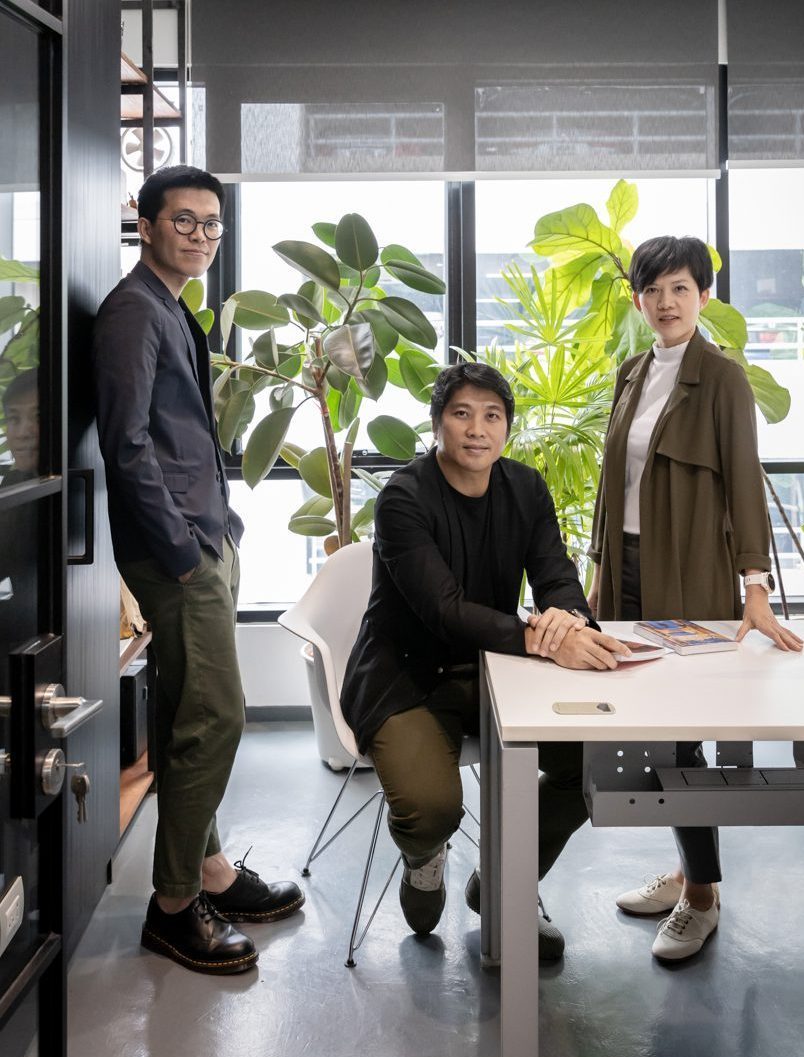
The genesis and founders of Landscape Collaboration comprises of three landscape architects, Touchapon Suntrajan, Boontarika Wannapin and Somkiet Chokvijitkul. They work with a mutual belief in the importance of teamwork, hence the use of the word ‘collaboration’ in the name of their studio. “The principle serves not only what we believe in but also as the key that ends up delivering the final outcome that is far more interesting than the work done by one single person who makes all the final decisions. We believe that this is the process that answers well to the way we work and consequentially gives us different, interesting results,” explained Suntrajan to art4d.
When it comes to the responsibilities and details of their works, the three partners operate by the studio’s principals and together they oversee the overall operation of the company. “The word collaboration is basically working without a specifically designated leader that everyone else has to follow. There’s no hierarchy. It’s about people who have something they want to contribute, working together as a group, and through such diverse mixture of ideas, creating interesting end results.” Their collaboration leads to a great diversity of their landscape architecture designed for various types of projects from residential ones such as housing estates, condominiums, commercial spaces, largescale corporations, and public projects with each work possessing its own distinctive details and characteristics.
The studio has become widely recognized with the projects they have done for big corporations, particularly the landscape design for SCG’s head office that seamlessly integrates the swaying lines and silhouettes to the green space and natural elements. Having worked on a number of large-scale corporations, the folks of Landscape Collaboration make an interesting observation. “People are starting to have a better understanding of what landscape architecture really is. Landscape architecture used to be neglected or viewed collectively as a bunch of trees. From what we’ve experienced, a lot of organizations are becoming more conscious about the importance of environment, and what this means is that these companies in the private sector do not have to wait for the government to take action, and instead take the role as people who can actually create green spaces for the city’s urban fabric.”

Apart from teamwork, one of the things that has been a focus for the studio is their role as a mediator who facilitates the distant connection between modern-day urban inhabitants and nature. The three founders of the studio all agree that landscape architects should be professionals who have a vast and in-depth understanding of nature as well as creating the processes in which humans and nature are engaged. Their role, therefore, extends to being a mediator who work with other collaborators.
“The environment is changing and people are starting realize how important it is within their lives. The environment is what our studio has always consciously thinking of and we want to give back to the society. It isn’t just about designing something that is aesthetically pleasing, but also about giving something back to the environment. It’s one of our principles and it’s something that we have always been trying to do,” explained Wannapin. One of the projects that best embodies such intention is perhaps the ‘Mega Park’ project, a public park inside of a massive commercial space in Mega Bangna shopping complex. The project hopes to give the people back a public space of a high quality environment and an experience with nature.
With the nature of the project involving the use of the pubic, the design is developed based on a participatory process. The team sets the target group of users (between 6-14 years) and together with the project’s owner, organizes a workshop with the participants who are the children of the employees at Mega Bangna. This process enabled the architects to know more about the behaviors and demands of the potential users, which lead them to create the final outcome that best corresponds with the targeted users’ expectation and preferences. In addition, the team collaborates with the owner in creating the park that will be home to some unusual and rare species of plants to differentiate Mega Park from other public parks in the country, making the place more interesting while also serving as a unique resource of learning experiences and inspirations, especially for the young users.
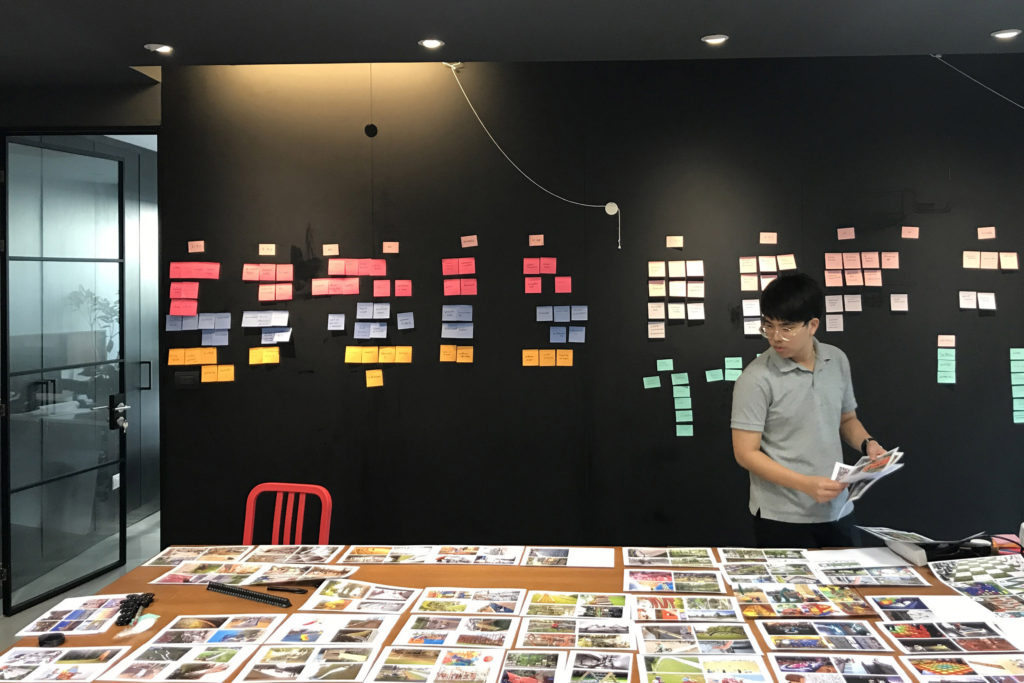
Photo: Somkiet Chokvijitkul
“We believe that landscape architects posses a special role because we have a great understanding of the environment and we are able to synthesize it with other aspects and parts of a project. Our job is about creating an environment. An architect builds a space out of a built structure but a landscape architect uses living materials in the creation of a space, and they are all parts of nature.” Suntrajan’s explanation coincides with Wannapin’s point of view about landscape architecture as well as the studio’s design mindset and direction. “One of the things that makes landscape architecture so interesting is time. Architecture deteriorates as time passes but the longer a tree grows the more beautiful it becomes.”

